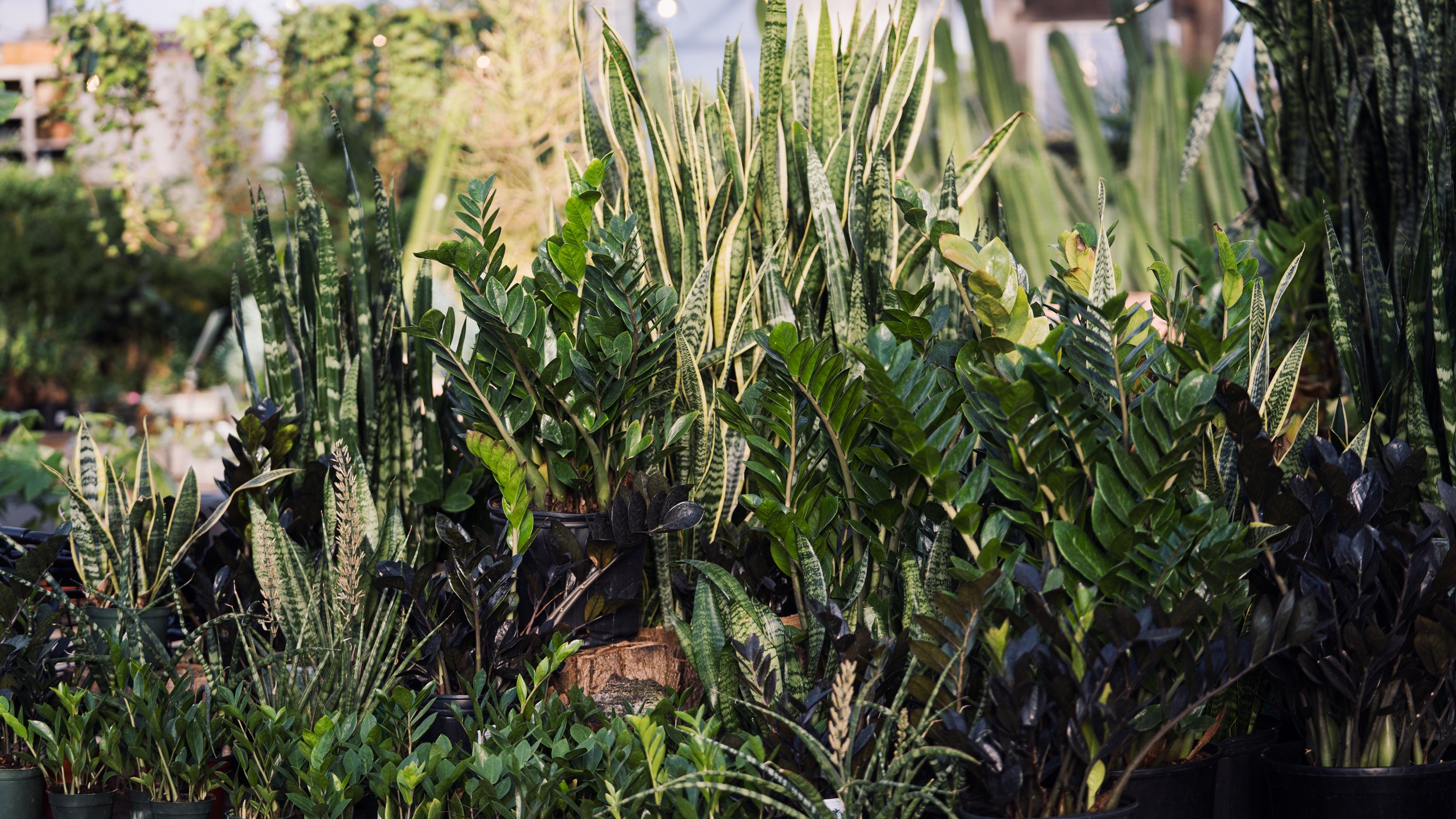
use our plant finder to help choose the perfect tree, shrub, perennial, annual, or houseplant to match your unique needs & style.
all the plants we love
Height: 80 feet
Spread: 60 feet
Sunlight:
![]()
![]()
Hardiness Zone: 6a
Other Names: Possum Oak
Group/Class: Red Oak Group
Description:
A very large and imposing shade tree with an upright spreading habit of growth, best in larger landscapes and parks; extremely tough and adaptable to wet conditions; semi-evergreen in southern climates; acorns attract squirrels
Ornamental Features
Water Oak is primarily grown for its highly ornamental fruit. It features abundant showy coppery-bronze acorns from mid summer to late fall, which fade to black over time. The fruit can be messy if allowed to drop on the lawn or walkways, and may require occasional clean-up. It has dark green foliage with grayish green undersides and tinges of blue. The small glossy lobed leaves turn coppery-bronze in fall.
Landscape Attributes
Water Oak is a dense deciduous tree with a more or less rounded form. Its average texture blends into the landscape, but can be balanced by one or two finer or coarser trees or shrubs for an effective composition.
This tree will require occasional maintenance and upkeep, and is best pruned in late winter once the threat of extreme cold has passed. It is a good choice for attracting birds and squirrels to your yard. Gardeners should be aware of the following characteristic(s) that may warrant special consideration;
- Messy
- Insects
- Disease
Water Oak is recommended for the following landscape applications;
- Accent
- Shade
Planting & Growing
Water Oak will grow to be about 80 feet tall at maturity, with a spread of 60 feet. It has a high canopy of foliage that sits well above the ground, and should not be planted underneath power lines. As it matures, the lower branches of this tree can be strategically removed to create a high enough canopy to support unobstructed human traffic underneath. It grows at a slow rate, and under ideal conditions can be expected to live to a ripe old age of 300 years or more; think of this as a heritage tree for future generations! This is a self-pollinating variety, so it doesn't require a second plant nearby to set fruit.
This tree does best in full sun to partial shade. It is quite adaptable, prefering to grow in average to wet conditions, and will even tolerate some standing water. This plant will benefit from an application of bonemeal and/or mycorrhizal fertilizer at the time of planting. It is not particular as to soil type, but has a definite preference for acidic soils, and is subject to chlorosis (yellowing) of the foliage in alkaline soils. It is quite intolerant of urban pollution, therefore inner city or urban streetside plantings are best avoided. This species is native to parts of North America.
can’t find what you’re looking for? let us know
info@wilsonnurseriesky.com
frankfort: 502.223.1488
lexington: 859.269.5795


